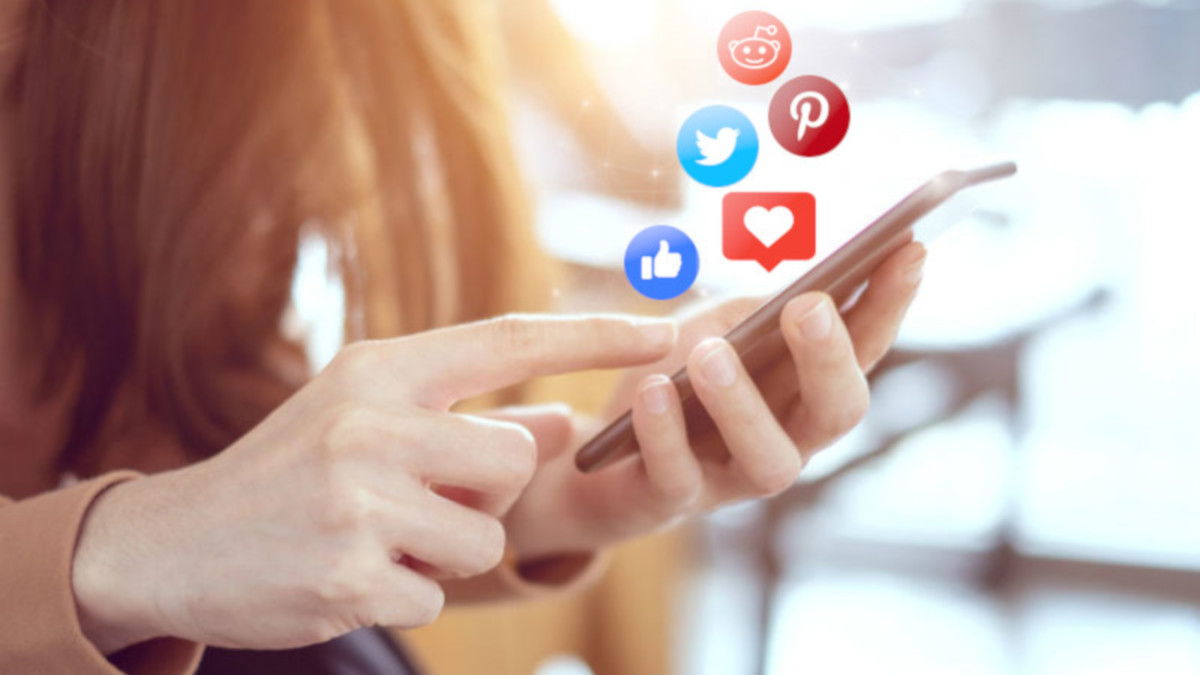It’s no secret that social media offers tremendous opportunities to build meaningful relationships with your customers. With over 60% active social media users in Australia alone, it’s easy to see how you can spread the word about your business. However, doing the promotion all by yourself is not enough; you’ll need word-of-mouth as well.
Everyone says you need awesome website content to connect with your audience, but the reality is, that won’t happen all by itself. This is where social media buttons come in. In just one click, your readers can share it on social sites to rave about it, thus giving your brand additional exposure online. It can also amplify your social signals, which can contribute to SEO.
Here’s what you need to keep in mind when adding this feature to your site.
Do think about the button design
Social media buttons either come in standard or custom designs. You may opt for the standard buttons given that they don’t look off on your web design. You can also choose custom buttons if you want them to look more eye-catching and match the theme of your website. However, average users may not easily notice them if they seem too strange and unfamiliar. That said, keep them simple and make them stand out.
Don’t go overboard
Having too many social media share buttons can create clutter on your website. Not only it can slow down your page, but it can also overwhelm users. When they can’t decide if they should share your post on Facebook, Twitter, LinkedIn, Reddit, or Pinterest, they might end up not sharing your post at all.
As a rule of thumb, it’s best to stick to a minimum of three buttons. The right social networks depend on your audience. While Facebook and Twitter are default options, your audience might be hanging out on other sites as well. Examine your analytics and determine which sites you’re getting the most referral traffic.
Do consider the placement
While there are a lot of effective places to put the social buttons, the right one will depend on the structure and content of your website. Furthermore, you should consider if the readers will notice and feel the urge to use them.
Here are some of the popular button placements:
- Top of the post. It may seem illogical to put social media share buttons on top of the blog posts, considering that your site visitors haven’t read the content yet. But this placement showed positive results. When they find the headline intriguing, they immediately decide if it’s worth sharing.
- Left of the post. This placement makes the buttons stand out because people read text from left to right.
- In-line of the post. This growing trend seamlessly embeds within your content, making sharing a natural part of the reading experience. This can be strategically implemented after delivering a powerful quote or important statistics.
- Bottom of the post. This placement allows users to share your post after they’ve read your blog. However, they may be competing with other elements such as comments and related posts. Make sure they appear prominently.
Your social share buttons shouldn’t block your content. Of course, no one would intend to overlap the text or photos with the buttons, but there are some poorly designed floating bars which can be a problem on mobile devices. Furthermore, you should keep your social buttons far from navigation.
Don’t include share buttons in all pages of your website
Not all pages on your website have linkable content, such as the “About Us” or “Contact Us” page. It’s fine to leave them out as they serve other important functions for your business. Furthermore, if you add the buttons to the pages your readers don’t use, they might get used to subconsciously ignoring them and become less inclined to share your linkable content.
Do organise the order of social media icons
Apart from choosing the most relevant social networks for your audience, it’s best to display the ones they use the most first. As mentioned earlier, it’s likely that most of your target audiences are active on Facebook and Twitter, so make sure the respective buttons appear at the front.
DigitalMaas can provide you with more tips for better social media sharing. Learn the best social networks you can tap into and discover how you can spark conversations about your brand.
Find out how you can further improve your online presence today with a free website audit.



